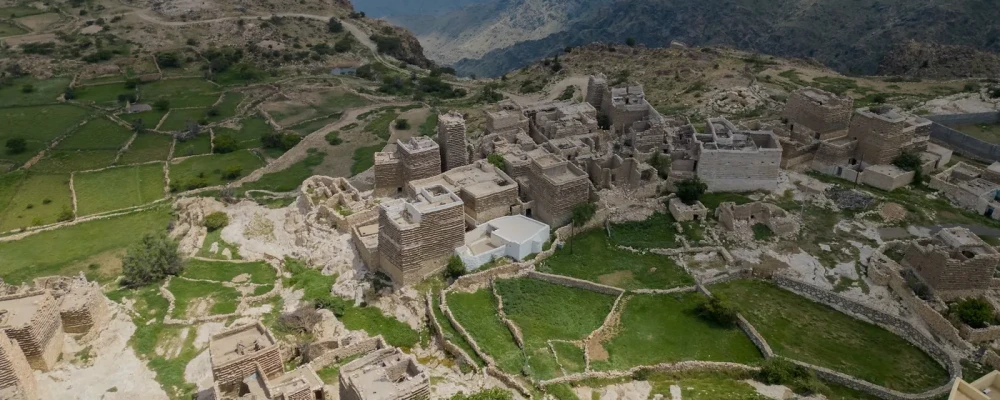
Nestled between the Sarawat Mountains and the Empty Quarter's golden sands, Bisha sits along its lush valley and numerous tributaries. This area boasts flowing springs, towering palm groves, rich heritage, and notable urban development. Historically a caravan route, notably the Elephant Path, Bisha has a long-standing settlement history, evidenced by archaeological remains, inscriptions, and old mines indicating a past industrial and commercial boom. The area of Al-Ablaa and Tubbalah village, rich with Thamudic inscriptions and unique architectural remnants, have been praised by pre-Islamic poets. Shalan Palace, from the first Saudi state era, remains a historic site. Mount Sairah, known for its frosty white appearance and colorful stones, is a serene spot for locals and a magnet for adventurers. Wadi Turj, flowing from the Sarawat Mountains, paints a stunning scene of lush banks and moving waters, blending fiery sands with fertile plains. King Fahd Dam, among the world's largest concrete dams, boosts Bisha’s agricultural wealth, which is known for palms producing famous dates like Safri Bisha and Berni, alongside various fruits and vegetables. Bisha’s markets, such as the ancient Nimran Market and other weekly markets, reflect the rich agricultural output and dynamic commercial life of the region

19.978221843823235
42.614936863811586